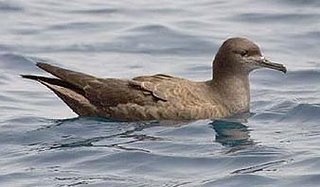
For decades, the arrival of the first V-shaped flights of Bewick's swans in Britain's wetlands after a 2,000-mile journey from Siberia heralded the arrival of winter.
This year, a dramatic decline in numbers of the distinctive yellow-billed swans skidding into their winter feeding grounds could be the harbinger of a more dramatic shift in weather patterns: global warming. Ornithologists at the main reserves that host the birds, the smallest of Britain's swans, said only a handful had appeared on lakes and water courses. Normally, there would be several hundred. Read Article
Tags: Birds, Climate Change, Global Warming


